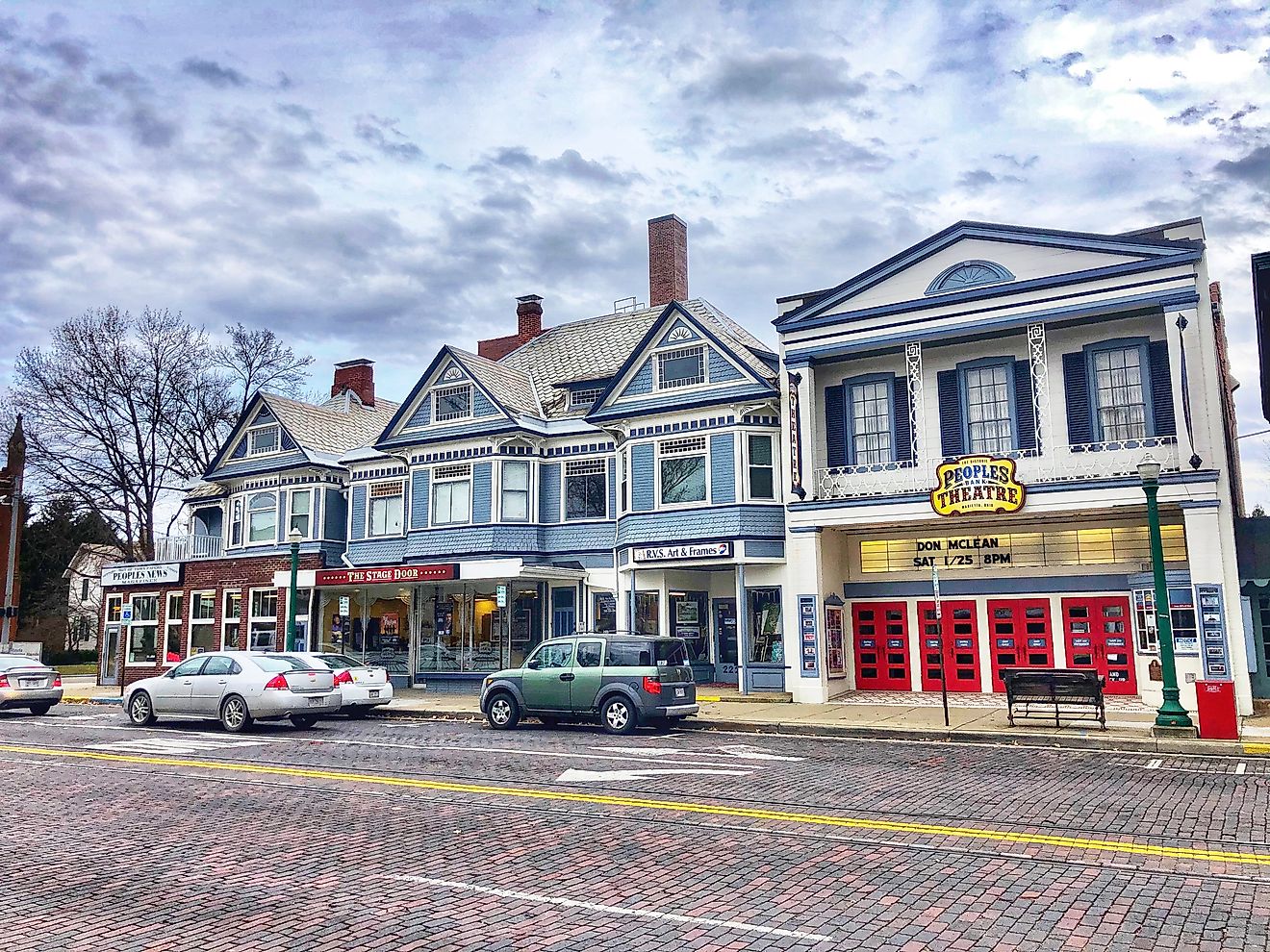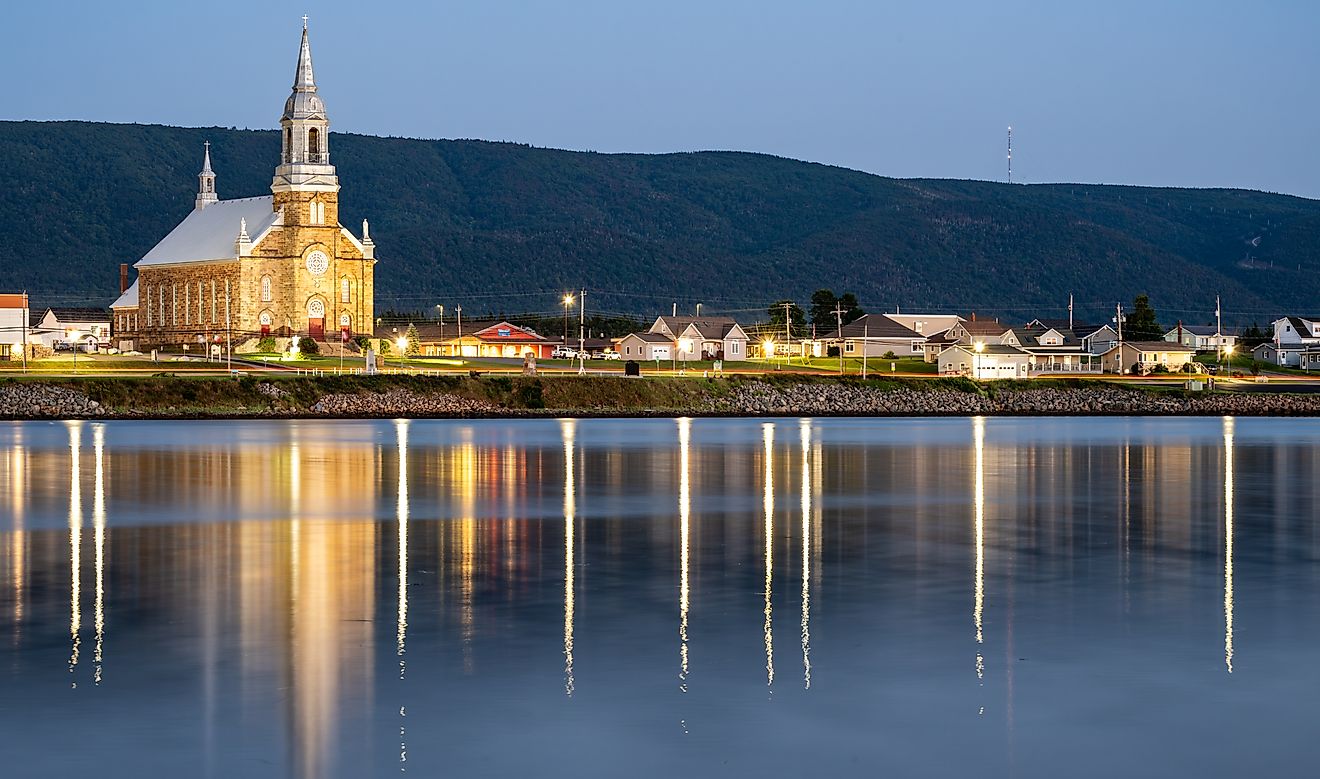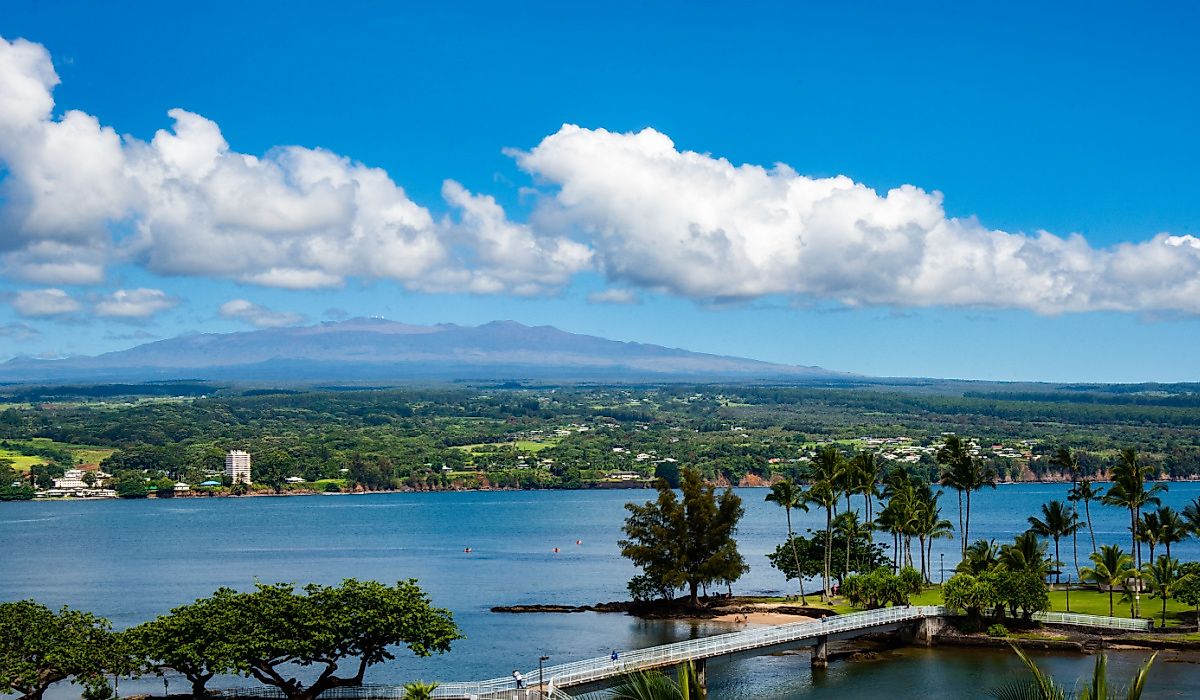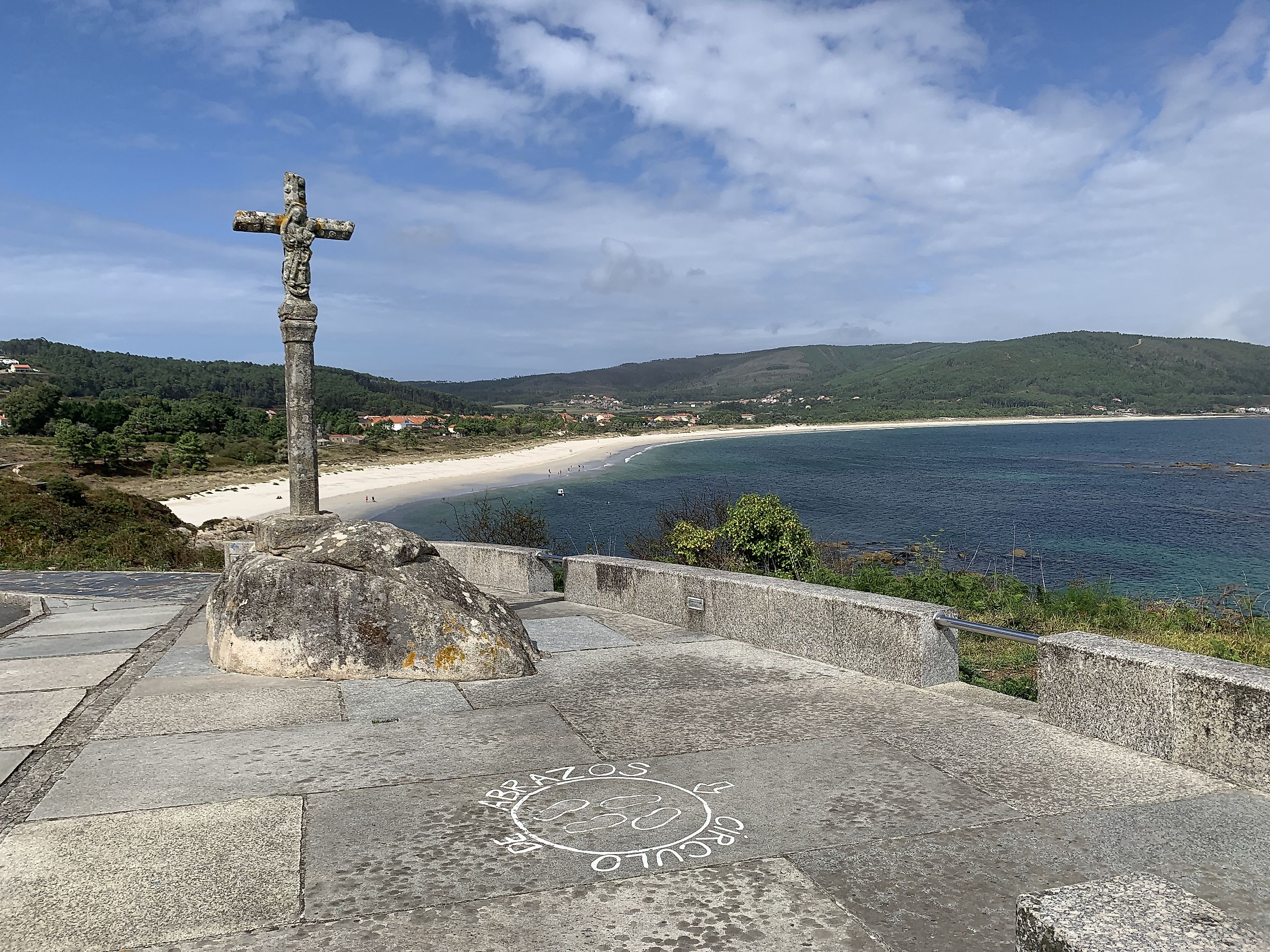
Bom Caminho III: The Beauty of the Coastal Way
The Camino Portugués saves its best section for last. The stretch from Porto, Portugal to Santiago de Compostela, Spain, is known as The Coastal Way – one of the most (rightfully) popular variants of the Camino de Santiago. As the name suggests, peregrinos are treated to nearly constant views of the Atlantic Ocean, and a salty breeze that helps keep wind in the sails of weary wanderers. A steady stream of seaside towns compliment the top-notch views; injecting a bit of culture, and some always-welcomed refreshments into the daily mix. For long-haulers coming from Lisbon (or maybe even as far as Faro), the Coastal Way acts as a beacon of hope during those earlier desolate stretches – and arriving makes it worth every laborious (and often monotonous) mile. For pilgrims who don't have the month (or more) required to cover Portugal's full camino experience, the Coastal Way packs a wondrous journey into a more manageable 2-week package. Since Irina has a life, she elected the latter option – linking up with me in Porto to shake up my (perhaps) overly introspective jaunt up to that point.
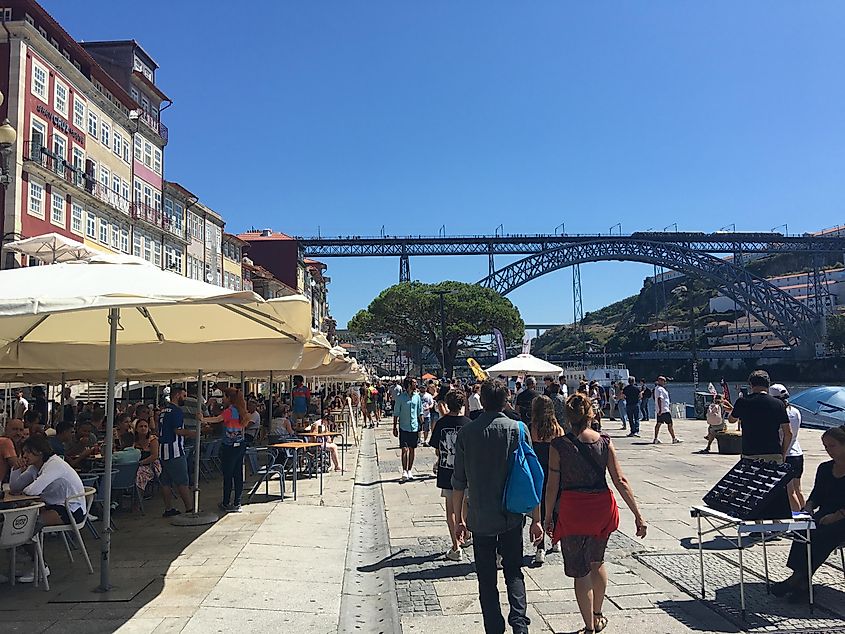
Pull Over in Porto
Whether it is a checkstop along the full Camino Portugués, or the point of arrival for fresh-faced coastal walkers, relegating an extra day to explore Porto is essentially mandatory. This colorful and bustling port city delivers panoramic views from its high bridges, delightfully aimless strolls through borderline claustrophobic cobblestone streets, and all the waterside dining, shopping, and people-watching one could hope for. I was happy to rest and reset in this UNESCO World Heritage Site, and Irina, having just flown in, couldn't have asked for a better introduction to the country.
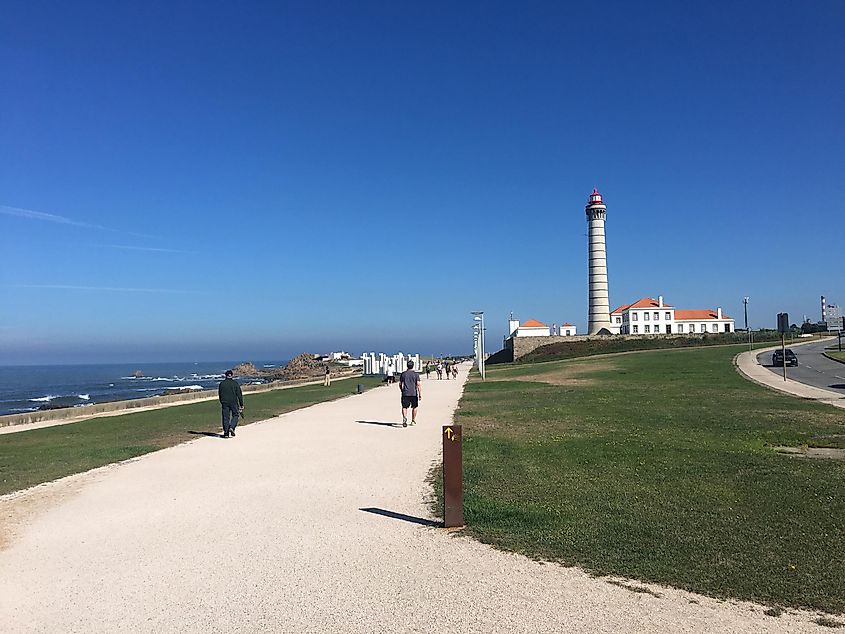
Getting Lost, But Not Really
We set our alarms for 6 a.m., and did our best to sneak out of an eight-bed hostel dorm without waking the eurotrip, gap-year students. A low-lying blanket of fog met us on the streets, making Porto look more like the shipyard of yore. The first couple of yellow arrows pointed us down to the harbor, and off along the coast. Makes sense, right? Well, apparently the official Coastal Way almost immediately goes back inland, cutting up through town and dropping back down many hours later. Between the early-morning daze, assuming that walking on the coast would be a straightforward affair, and being blinded by the fog, we both missed the turn off.
There are few things that irk me more in this life than backtracking on a hike. So instead of biting the bullet, we forged ahead – confirming on Google Maps that if we just kept to the waterfront path, we would arrive at the intended check-point towns. After chatting with another pilgrim couple, and a few pedestrians, we learned that the Coastal Way is more of an umbrella term for as many as three different paths that snake their way either literally along the coast (i.e. Camino Litoral), or higher in the hills, usually within view of the water. Our journey, like many other's it seemed, combined routes based on what made sense, felt right, or just happened on its own.
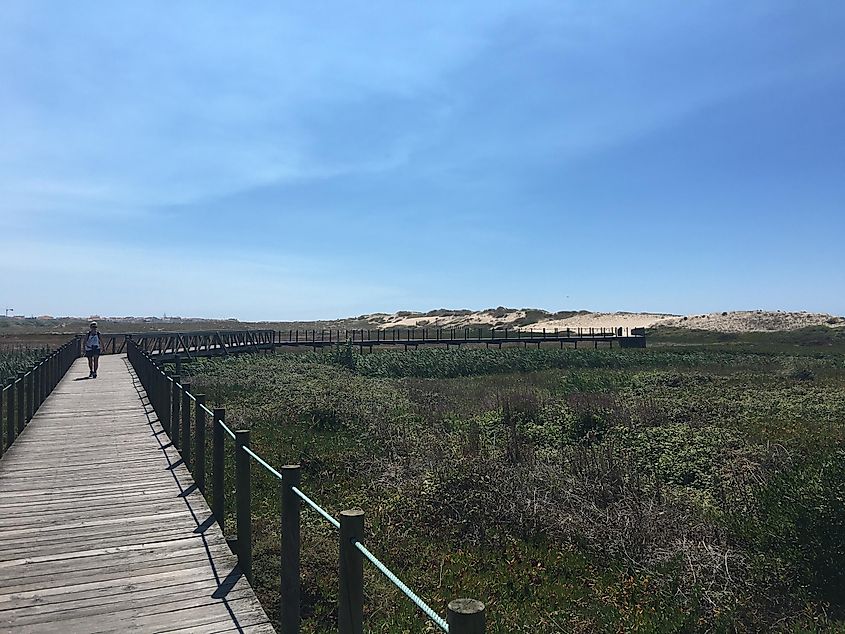
Back to Back Marathons
The stock advice when beginning the camino (any version), is not to walk too far on your first day. Since these pilgrimages are generally over modest terrain, one could be fooled into thinking it won't be strenuous. Many horror-comedies were floating around out there (told in both first and second-person narrations) about overdoing it early on. I failed to heed this advice, collapsing under a gas station bush my first night and nursing acute back pain for the rest of the week as a result. Irina fared even worse.
Making a plan and booking ahead is a double-edged sword when traveling. Sure, sometimes you're left scrambling if you just wing it, but other times, you end up doing suboptimal or even illogical things in order to stick with your concocted schedule. Our first two days on the Coastal Way included both of these errors. Weeks before, Irina found a good deal on a boutique hotel in Viana do Castelo and booked it with the assumption that we could cover about 85 kilometers in two days. The ultrarunner in me looked forward to the challenge, but I was also sufficiently calloused from my last two weeks. Irina, on the other hand, entered with virgin feet, and the (sorry to say it, babe), naive mindset that it was "just walking." In other words, 'How hard could it be?'
As it turns out, pretty freaking hard! That first day, we banged out an estimated 47 kilometers. Between getting lost(ish), overheating, and once again failing to find an available albergue until late in the day (and further down the line than we would've liked), our first segment together was a real eye-opener. Now, this is where hiking-partner dynamics come in. If I was just out there with a buddy, I may have protested more vigorously that going this hard right out the gates was a recipe for disaster, and certainly not worth it just to fulfill a sunk-cost, $100 booking. But standing up to a fiesty romantic partner is a more delicate situation – one that usually involves using each other's first names at an awkwardly loud volume in a public space. So I just let it be, and rode out the day-two shenanigans, which included a lot of bickering, a trailside weepathon, and the ditching of shoes that became a full size too small. But hey, the hotel was great and the hike was gorgeous. We can already laugh about the miscalculation, take pride in the mega-mileage, and reflect on the beauty rather than the long-since dissipated pain. I mean, just look at this picture:
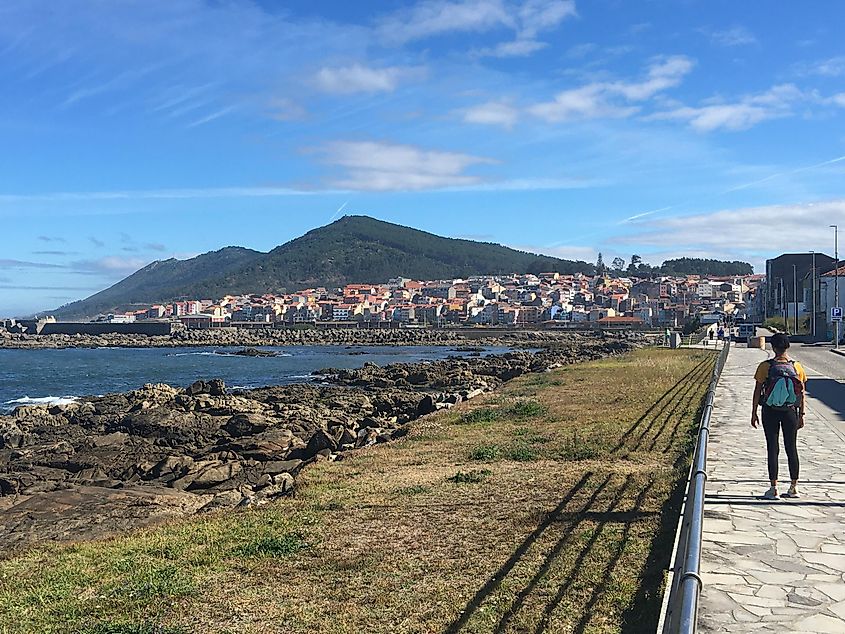
Buen Camino: Crossing into Spain
The rest of our trek looked a lot more like what sane people would choose to do. We logged between 15 to 20 kilometers per day, stopping to sip coffee and smell the roses along the way. Before we knew it, we spotted Spain in the distance. Now, growing up on a major land-border crossing between Canada and the United States, I'm accustomed (get it…) to some weirdly strict and time-consuming international protocols. Crossing into Spain, on the other hand, involved nothing more than a short boat ride across a river, stepping off of one cute beach and onto another as if nothing had even happened. Even though this was the official method (we even bought a ticket at a little booth for 5 bucks), we both felt like we had cheated the system as we strode off to the sound of the lancha's motor zipping back Portugal. It took a few miles to switch out of the 'Bom Caminho!' habit and into the Spanish-specific 'Buen Camino' gear.
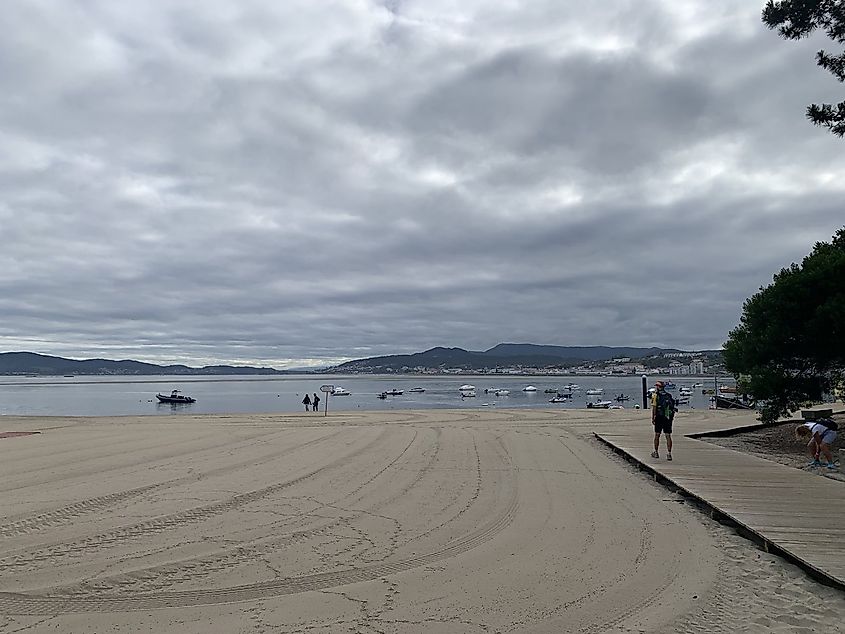
To What End?
As the (first) finish line approaches, the guide posts display a distance countdown. With each passing kilometer, you can feel yourself being pulled to the Santiago de Compostela Cathedral as if by a steadily intensifying magnet. Part of you wants to reach your goal and celebrate (and/or rest), while another starts to second-guess if you ever want the journey to end. Walking day after day, finding an albergue, making food, getting a good sleep, and then waking up bright and early to repeat the process provides a simple sense of purpose that is addicting for the soul. It may be arbitrary, but so is everything in this crazy mixed up world. Humans are bipedal for a reason: we're meant to move! Covering big distances in unison with a like-minded community is fulfilling on that deep, hunter-gatherer level. Thankfully, there are two other endpoints to add on to any camino (since all roads lead to Compostela). A few more days heading West (following a newly reset odometer countdown) brings extra-keen pilgrims to one of two fishing villages: Fisterra, Muxia, or both.
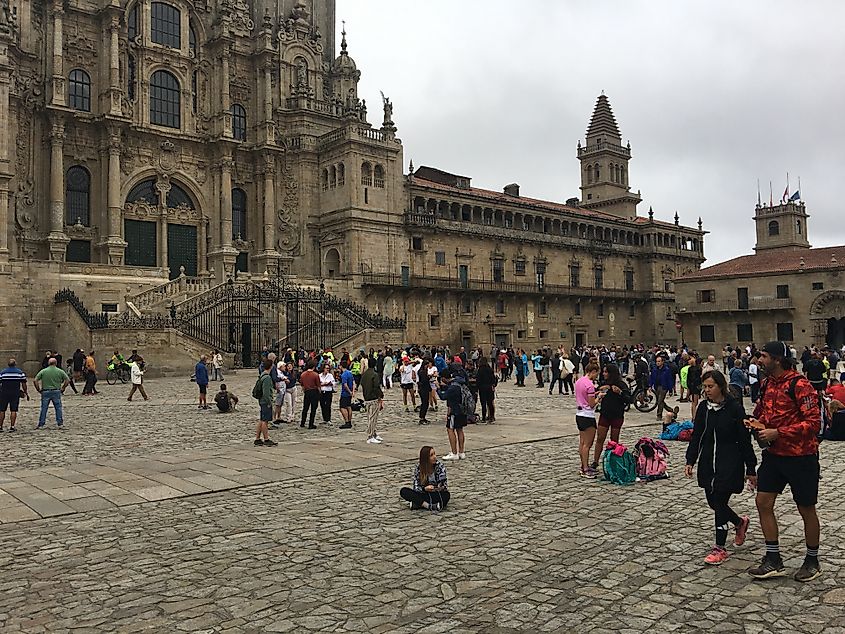
When we rolled into Santiago de Compostela, my desire to mark the occasion and appreciate the moment was overpowered by my necessity to find a bathroom (a classic case of expectation vs reality). So after snapping a couple pictures amongst the sea of pilgrims (who had come from all different starting points throughout Spain, France, Portugal, and even Italy), I simply had to abandon ship and make a dash for a public toilet. As anticlimactic as it sounds, by the time we had scooted a few blocks away, the notion of going back and waiting in line for two hours to obtain the most coveted of all stamps just wasn't as enticing as continuing onwards. We were dyed-in-the-wool pilgrims now. So we needed to keep walking.
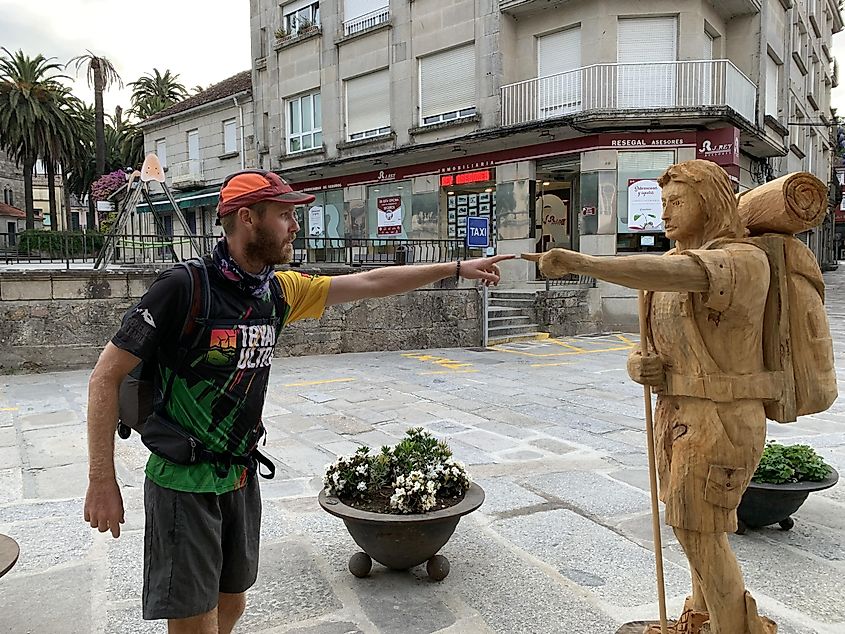
Onwards to Fisterra!
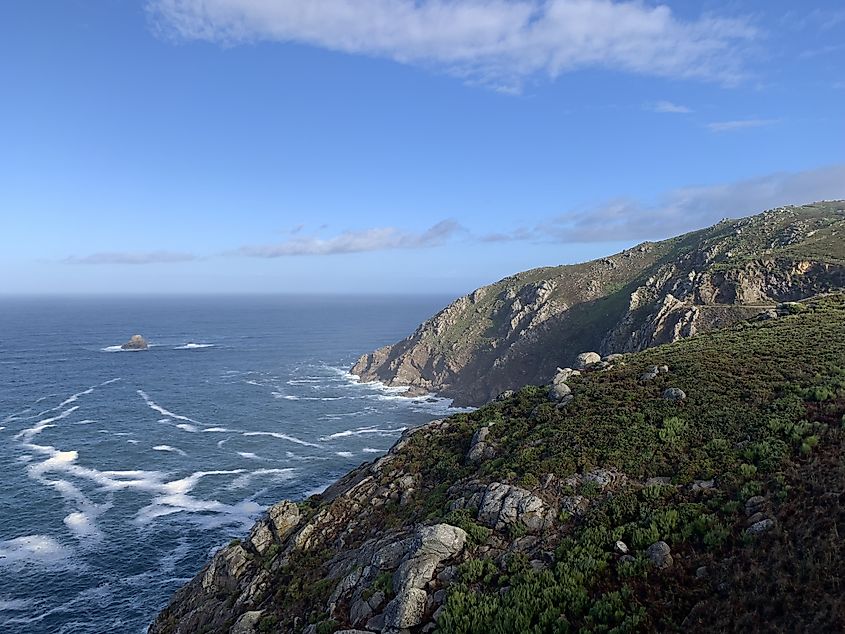
We had heard great things about Muxia, and I certainly looked forward to ending there next time, but something about Fisterra (or Finisterre), which translates as, "the end of the world," called to both of us. We wanted to get to the very edge of the Old World and peer out into the blue abyss, which for all people knew back then, really looks like the planet's boundary. This time, we were definitely finished – a bittersweet feeling if there ever was one. I felt like Jack Kerouac, who in On the Road says: “We were so used to traveling we had to walk all over [Fisterra], but there was no more land, just the Atlantic Ocean, and we could only go so far.”
I guess I'll just have to hike (or maybe run) another Camino de Santiago route as soon as possible. Perhaps I'll try the undisputed favorite: the Camino Frances. Or how about the rugged and capricious Camino del Norte? Maybe my ability to handle long, hot, barren stretches will even come in handy on the 1,000 kilometer Via de la Plata slog. I have a feeling I'll get to know these pilgrimages quite well throughout my life. And maybe, dear reader, we'll exchange the passing pleasantry while you're on an adventure of your own.
Until then,
Bom Caminho!
To catch up on the rest of the journey, head back to Bom Caminho I: Starting A Walk Across Portugal, and Bom Caminho II: The Rhythm of the Portuguese Way.









